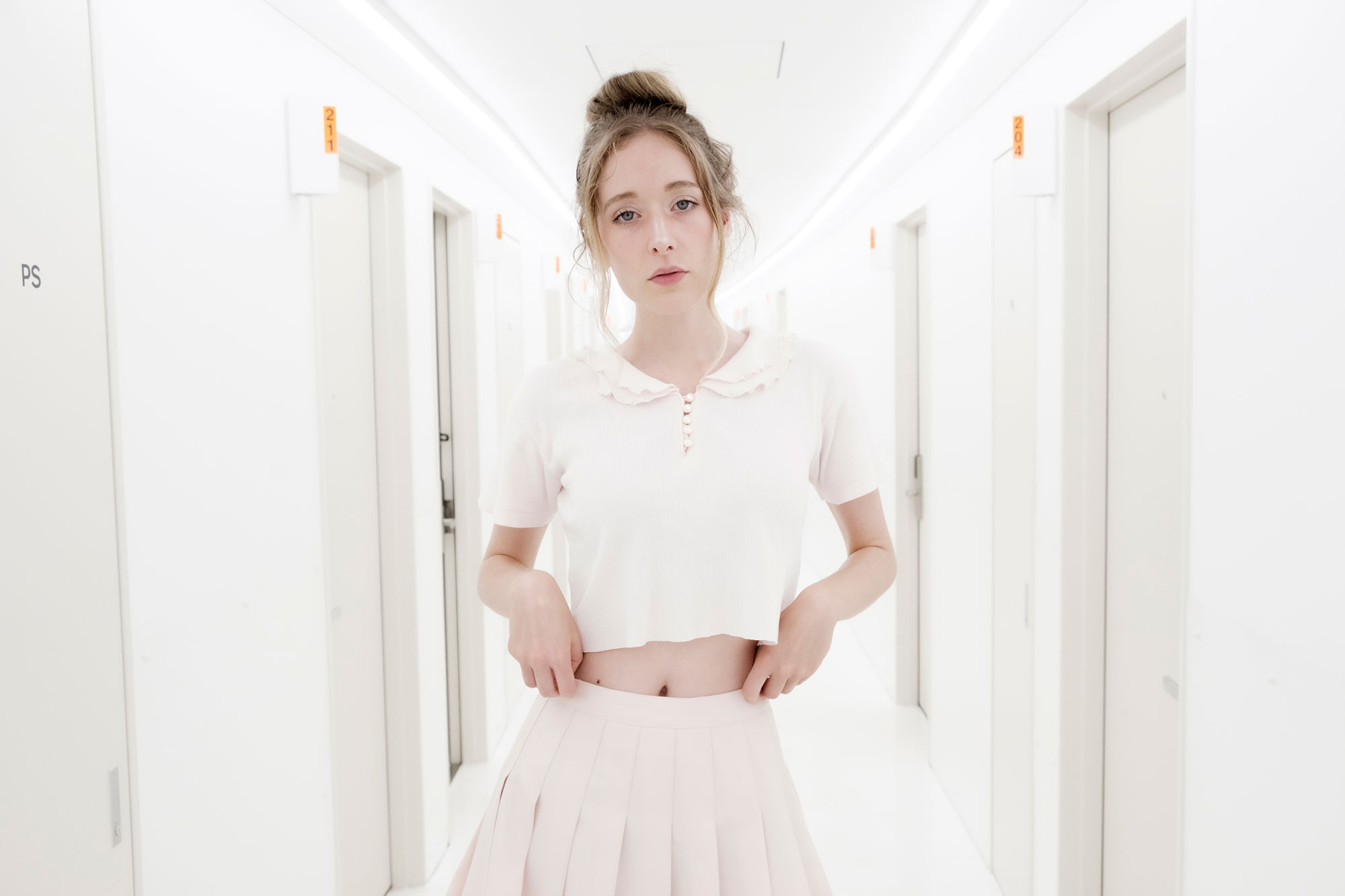Portrait Photography with the Fuji X-Pro2
Hi Robin! Could you please start by introducing yourself to our readers?
Hello! I am a 30 years old photographer from Switzerland. After a few years of self-taught freelancing, I decided to apply to the photography Master program at ECAL (Cantonal arts school of Lausanne) here in Switzerland.
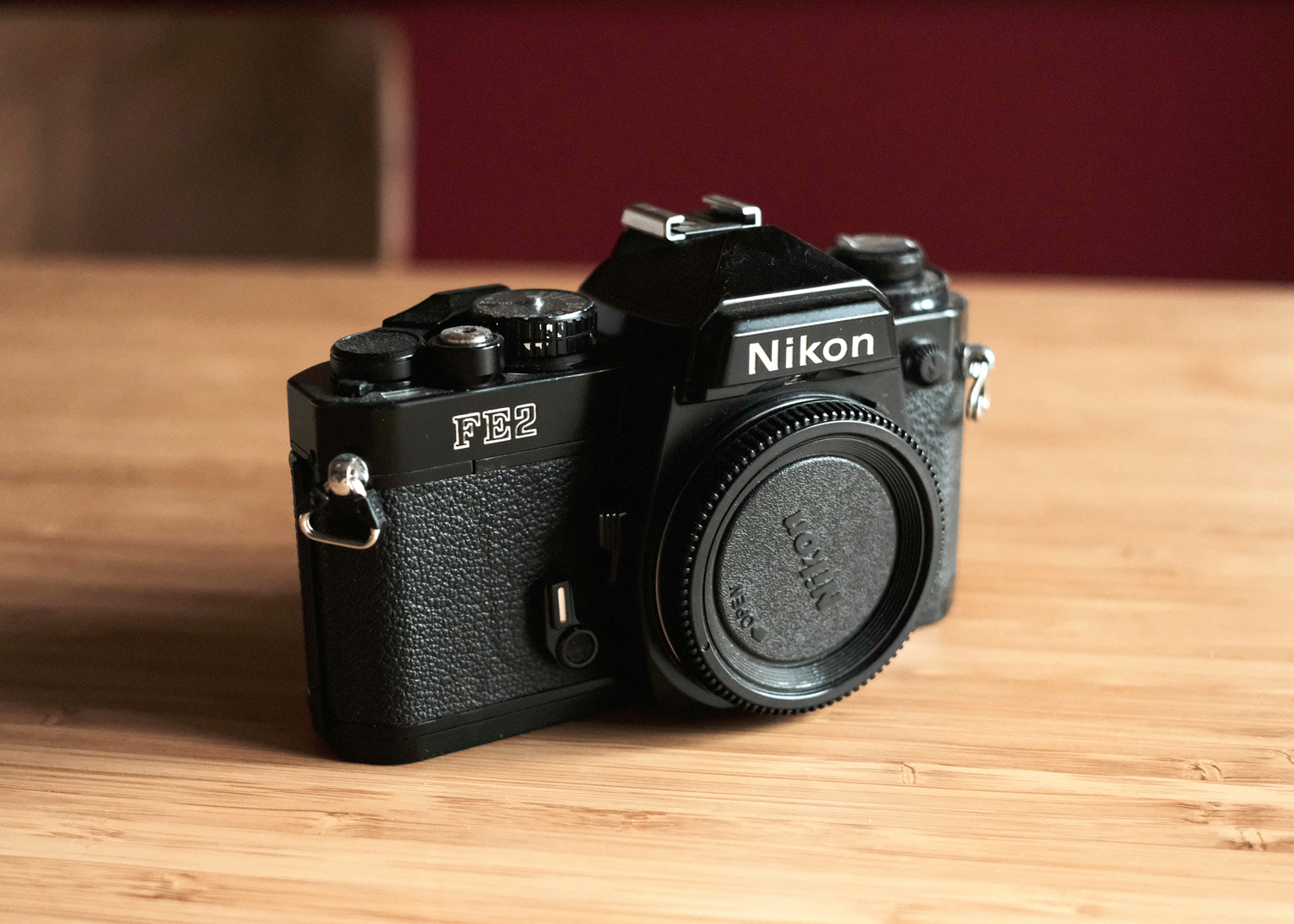
When did your interest in photography, particularly portraits, begin?
I first approached photography in 2010 with an interest in Polaroid and subsequently in traditional film photography. I experimented a lot with film photography and home development and printing before investing in my first full-frame DSLR to work on my first commercial commissions.
Since the beginning, people were my main interest. I started taking portraits and nude photos of all my friends with my Polaroid camera and kept doing so with different formats until others eventually started identifying me as a portrait photographer.
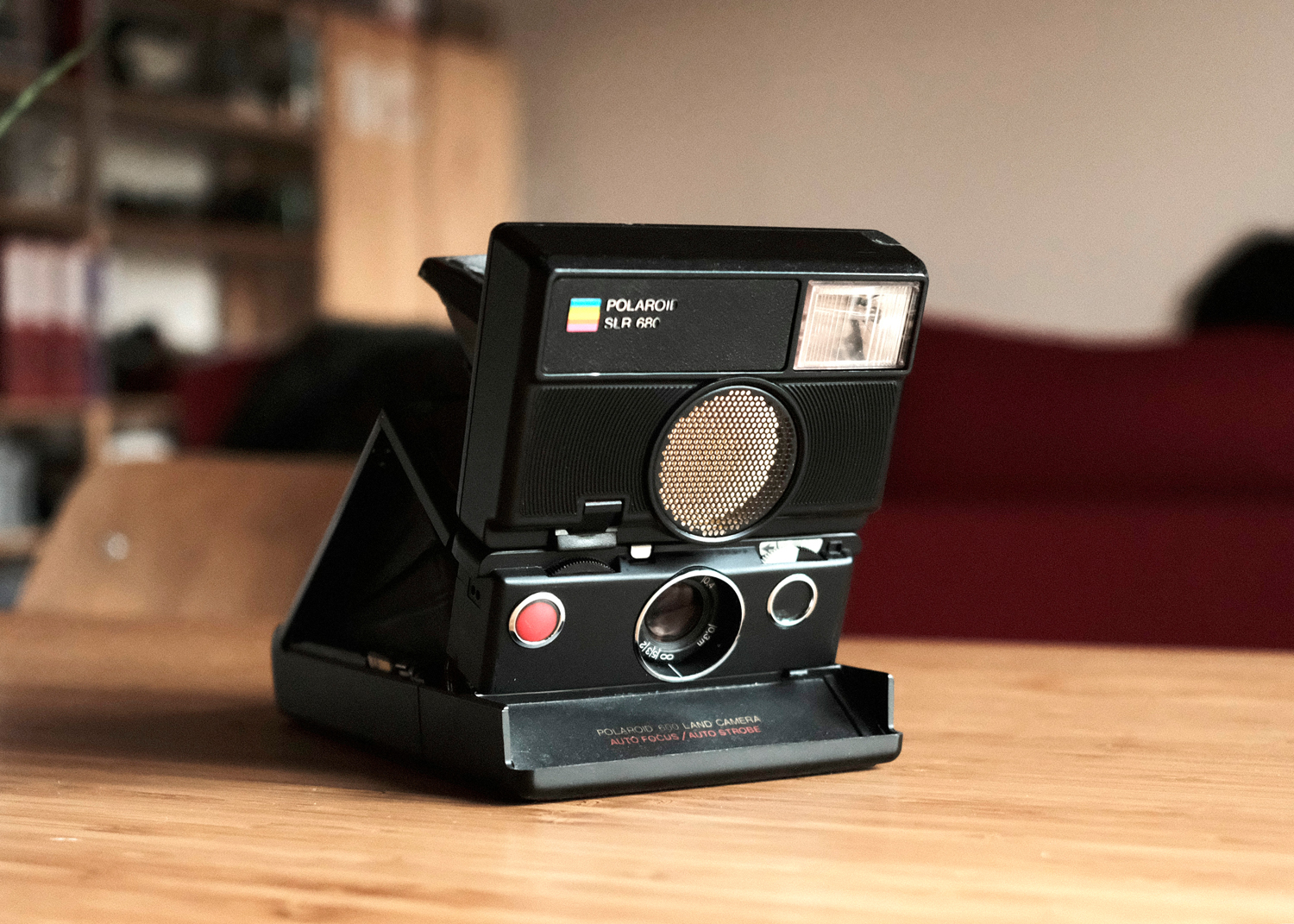
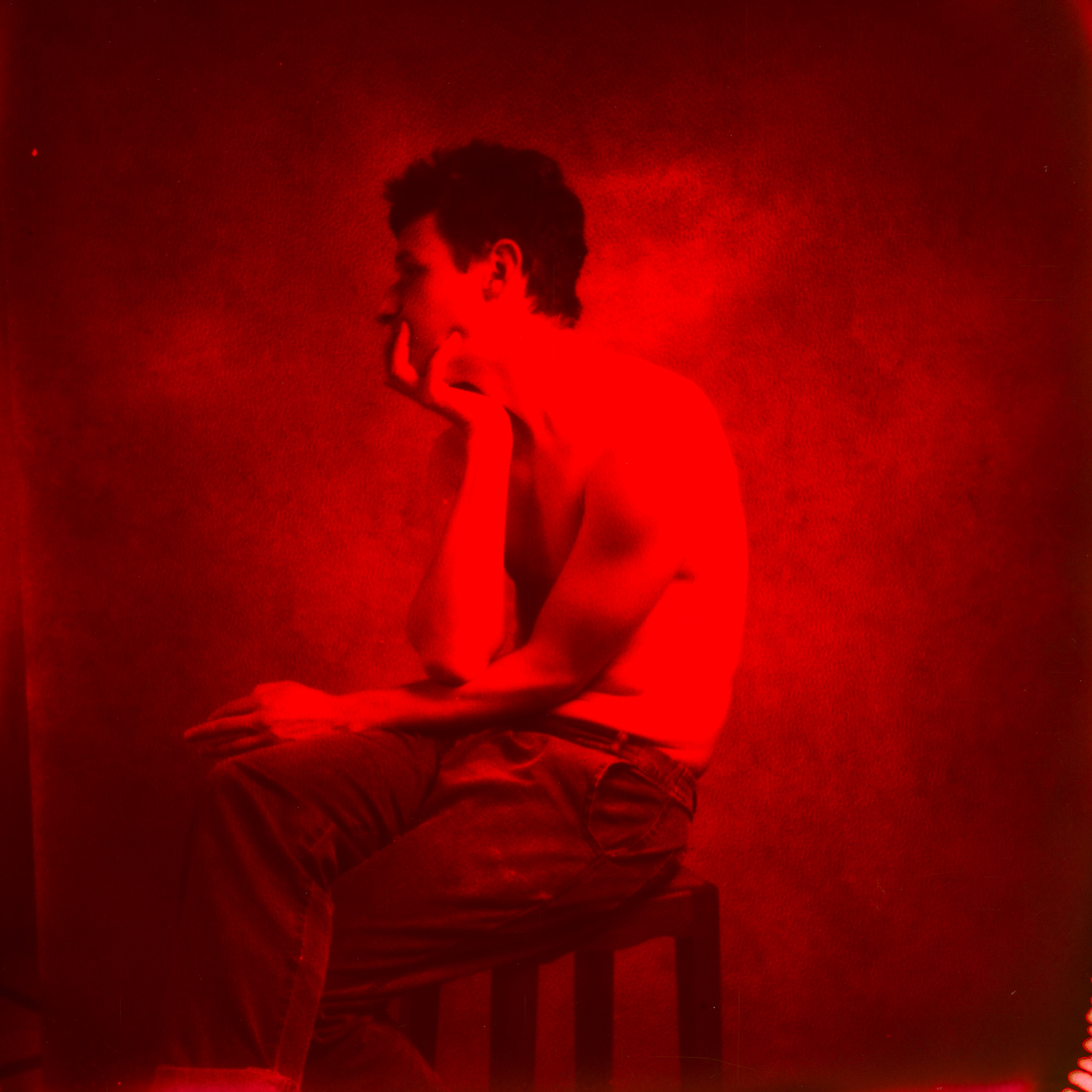
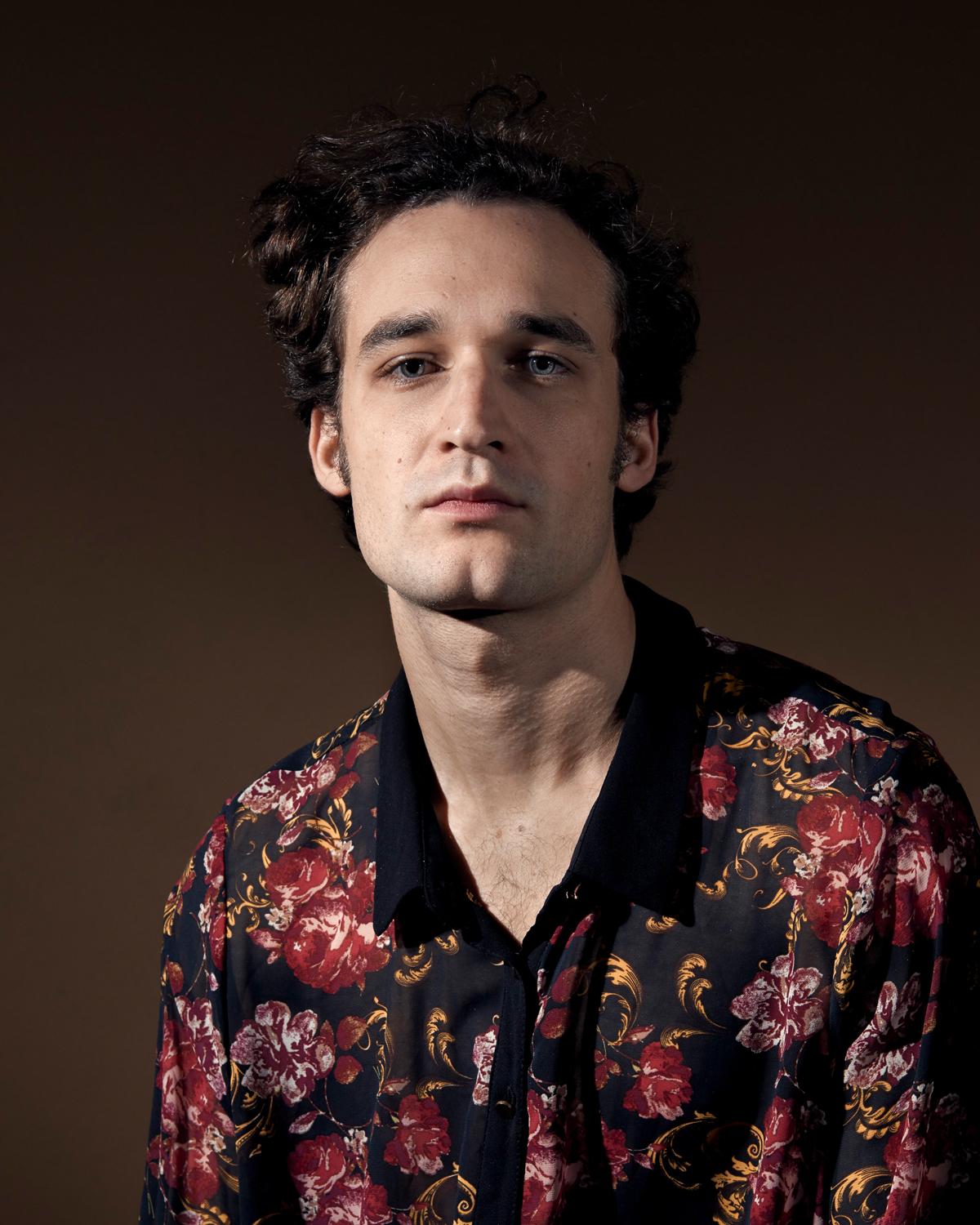
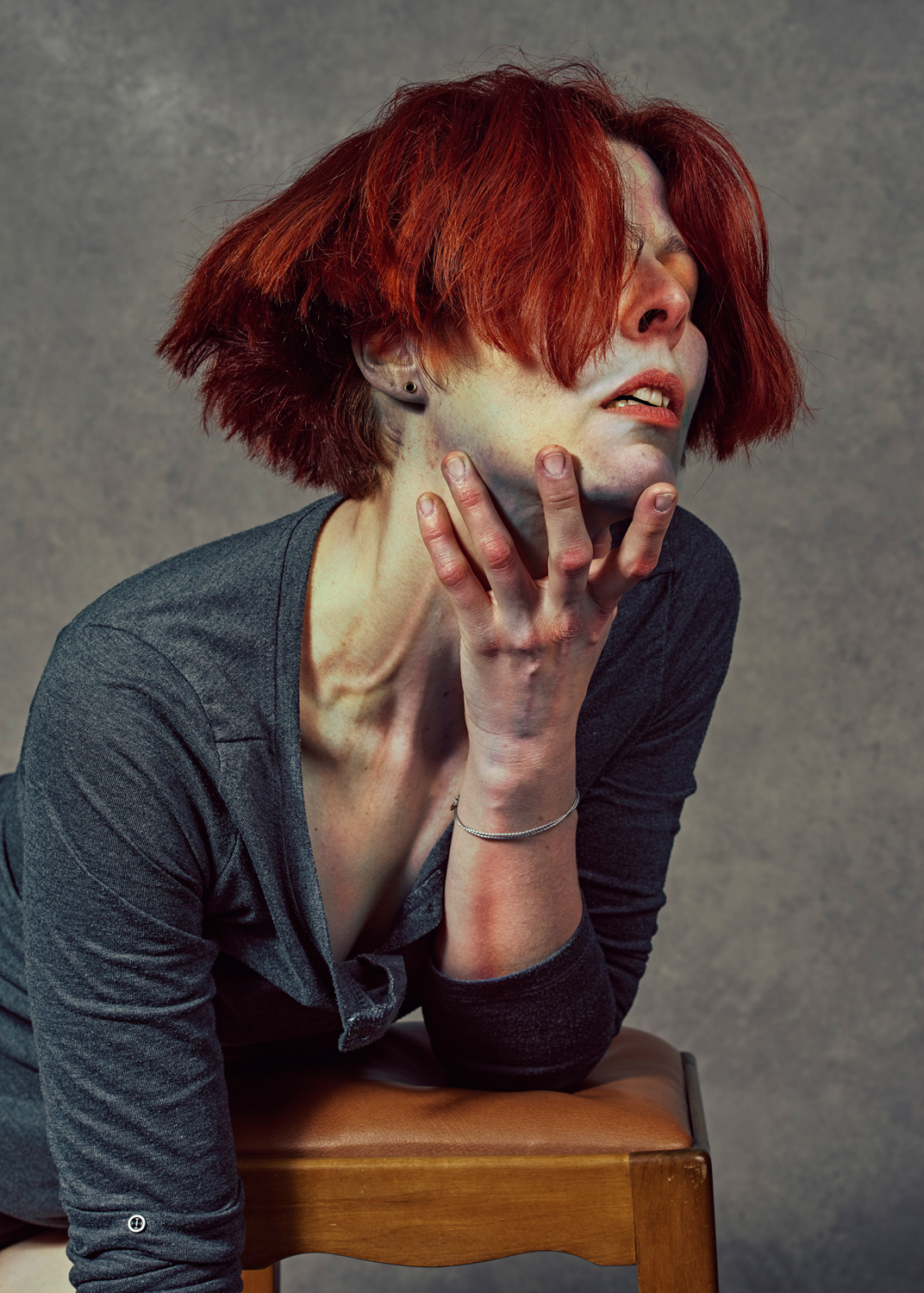
Studio or environmental portraits? And why?
Well, both! I first wanted to learn studio portraits, as I felt it would force me more into understanding light. Like most self-taught studio photographers I started with cheap lamps and bedsheets as backdrops, adding DIY light modifier and then I slowly started acquiring speedlight flashes, remote triggers and paper backdrops.
I then got to a point where I felt confident in the studio but kind of lost when shooting in the environment, so lately I’ve been focusing more on the latter, applying my understanding of light to various situations.
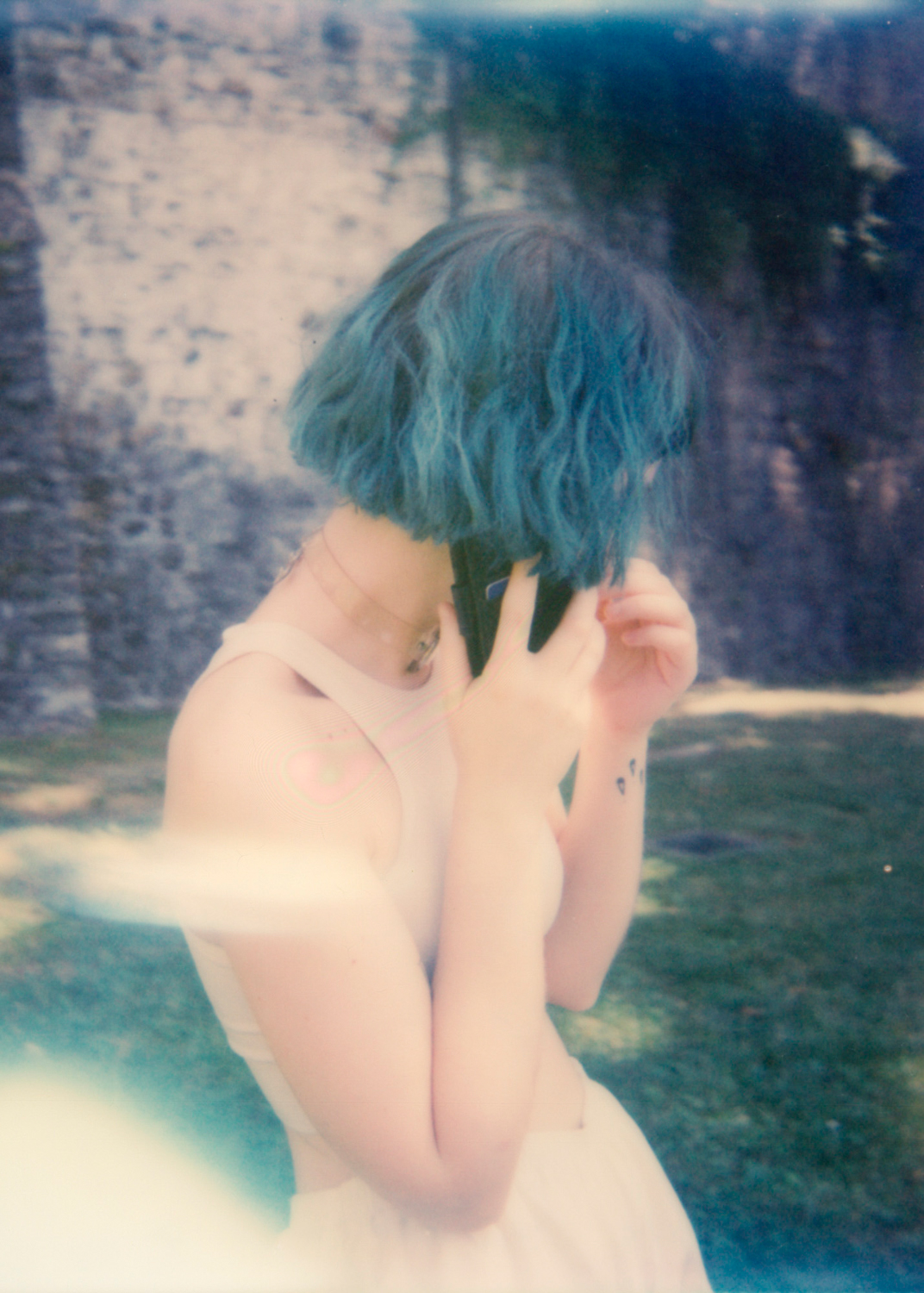
We understand that you enjoy experimenting with different cameras, media and formats. Nowadays, when choosing a camera for a certain project or assignment, do you feel the same fascination you had when you first held a camera in your hands?
The first time excitement tends to fade away when I use the same camera a lot. Of course, I am happy with the cameras I chose, but it is still thrilling to go back to a camera that I haven’t used in a while or to a completely new camera!
You use a lot of instant films, right? Have you ever used it for your professional assignments or are you just using it for your personal projects?
So far it happened to me just about four or five times, that someone would hire me for and specifically ask me to shoot with instant film. I did that for a couple fashion editorials and for private clients. I wish it would happen more often, but it’s also true that lately I have been updating my portfolio with more digital works.
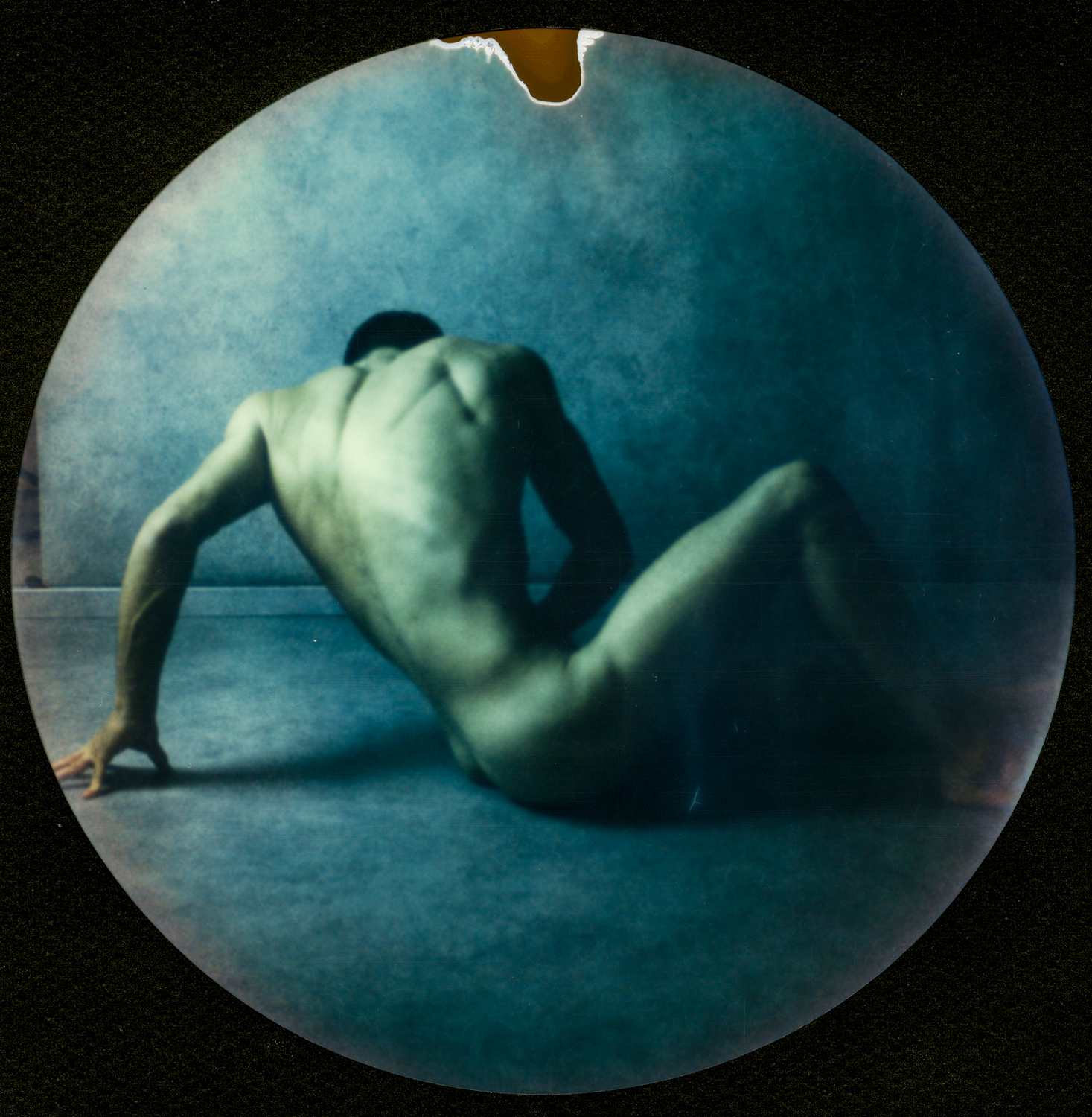
Having so many different (and beautiful cameras) around you, when and why did a Fuji camera join your workflow?
It was a necessary step. Last year I got to the point where my only reliable digital camera, a Nikon D800, was too just too big and heavy to bring with me at all times, and I was a bit over 35mm film. Then, at the beginning of this year, I got interested in the Fuji X-Pro’s so I bought a cheap, second-hand X-Pro1 and a Nikon-F to X-Mount adapters.
The idea was to try out the Fuji system and I fell in love with the looks of the camera, the ergonomics and with the film simulations. Shortly after I sold the camera to buy the X-Pro2 because with 24MP I would feel confident enough to use it for jobs as well.
What I was originally looking for, was a small, fun to use camera that would allow me to enjoy shooting JPEGs and share them without going through a deep colour grading workflow, and it’s exactly what I’ve found with this camera. It’s more similar to when you shoot film and let the lab tune the colours for you.
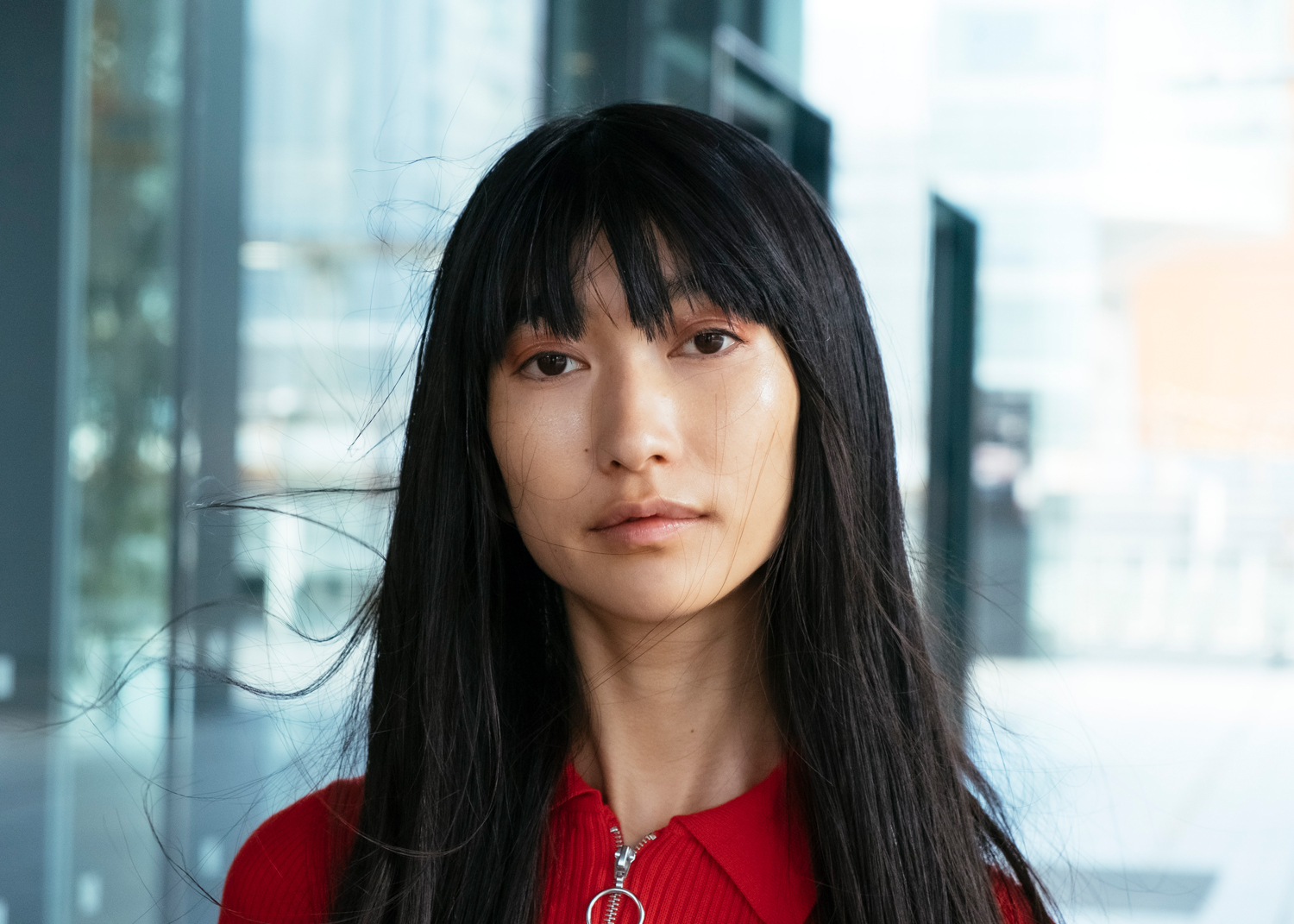
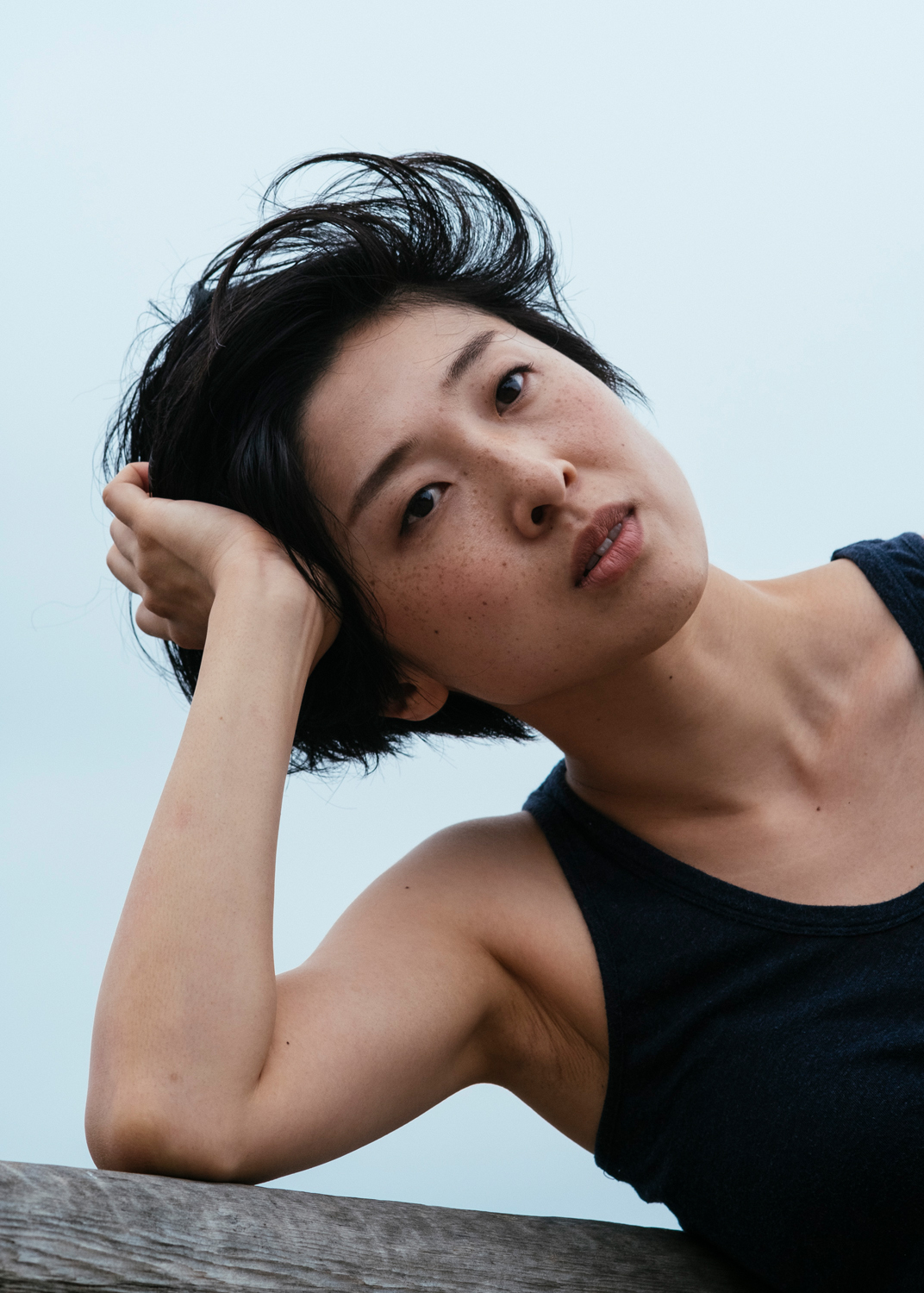
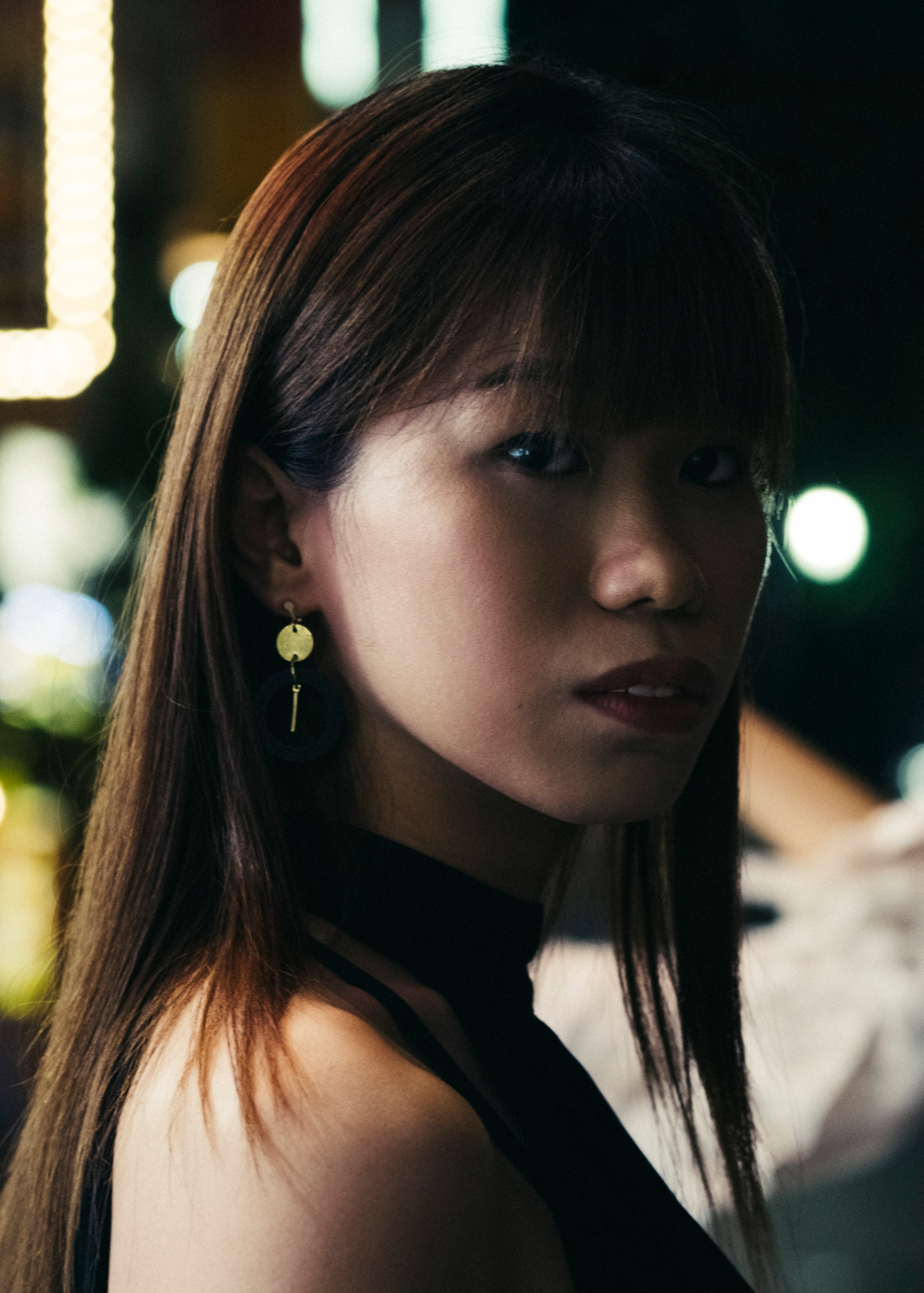
What’s your current camera(s) and lenses setup from the Fuji X system?
As said, I now own an X-Pro2. I have 3 X lenses at the moment: a 50mm f/2, the super-compact 27mm f/2.8, and an 18-55mm f/2.8-4. If I need specific lenses, I adapt my Nikon F lenses with a speedbooster adapter and sometimes my Minolta M-Rokkor 90mm f/4 with a regular adapter.
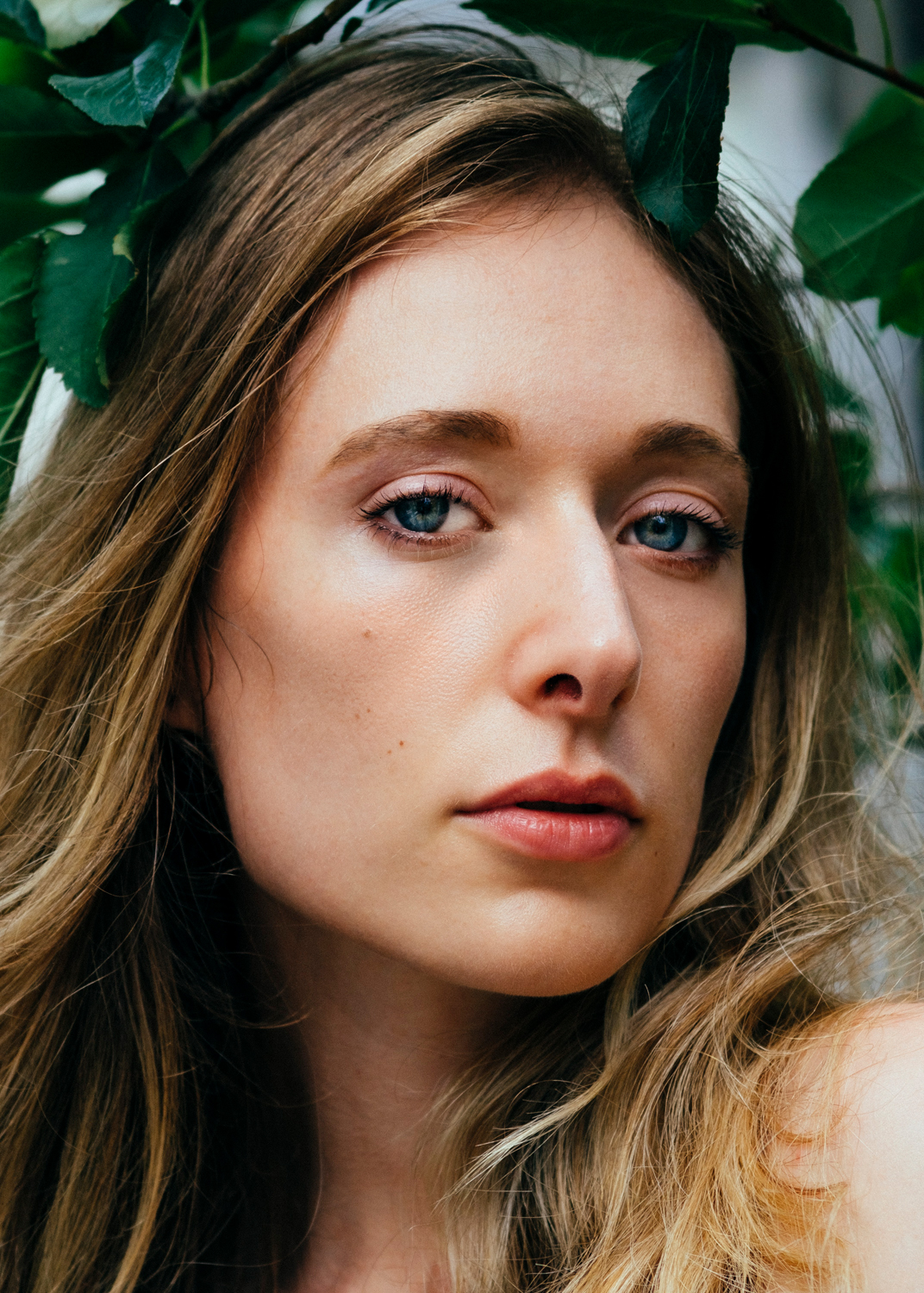
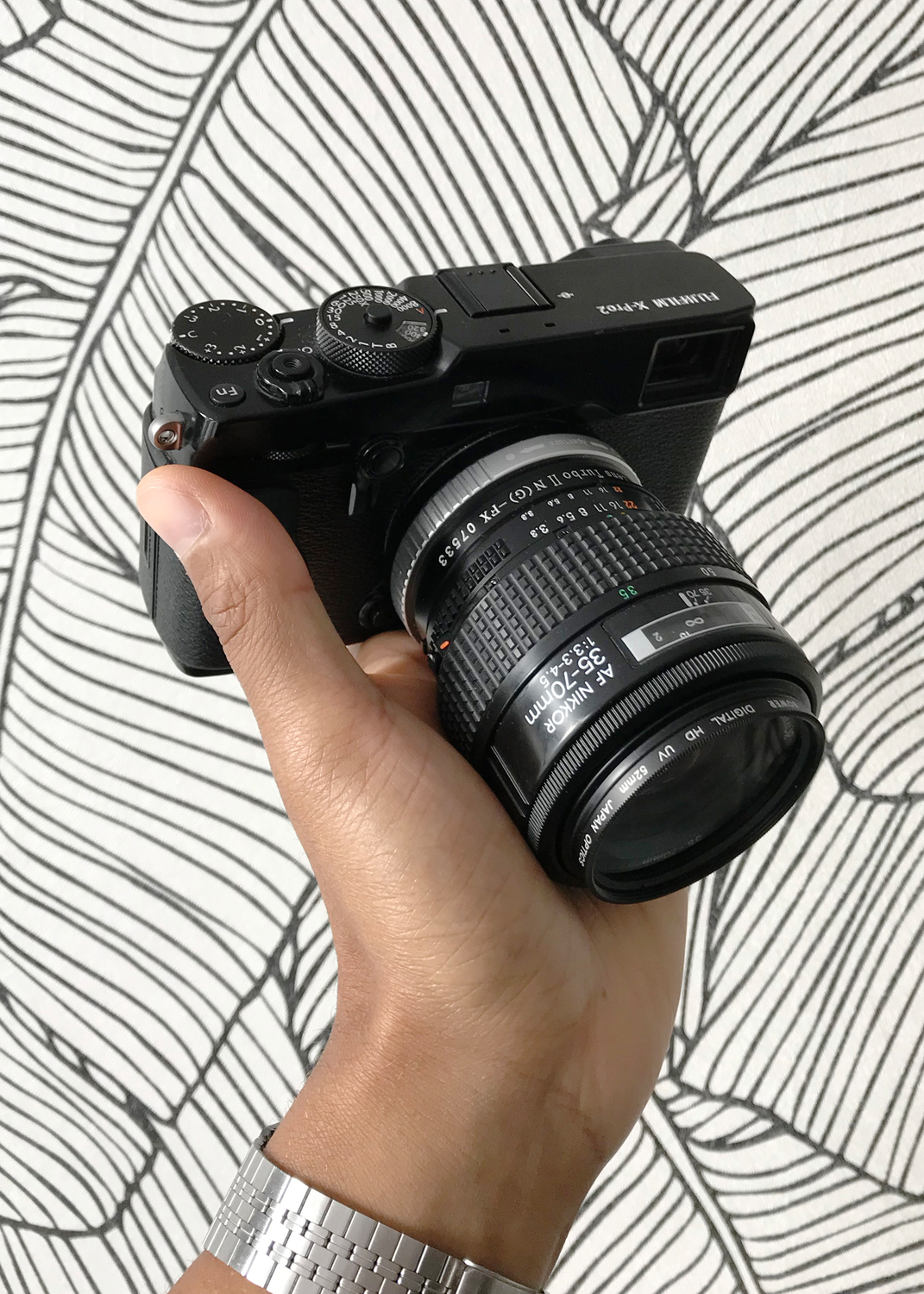
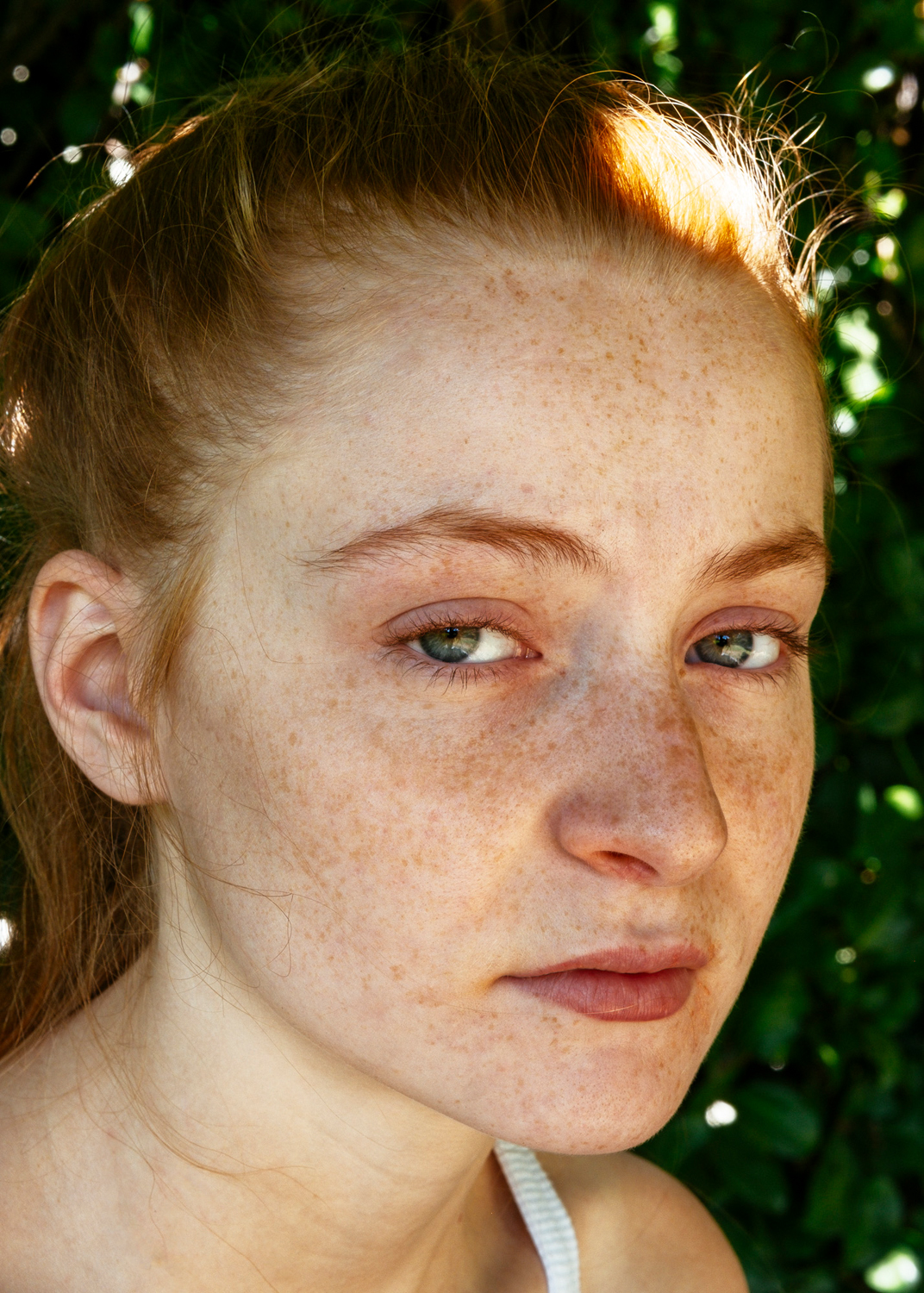
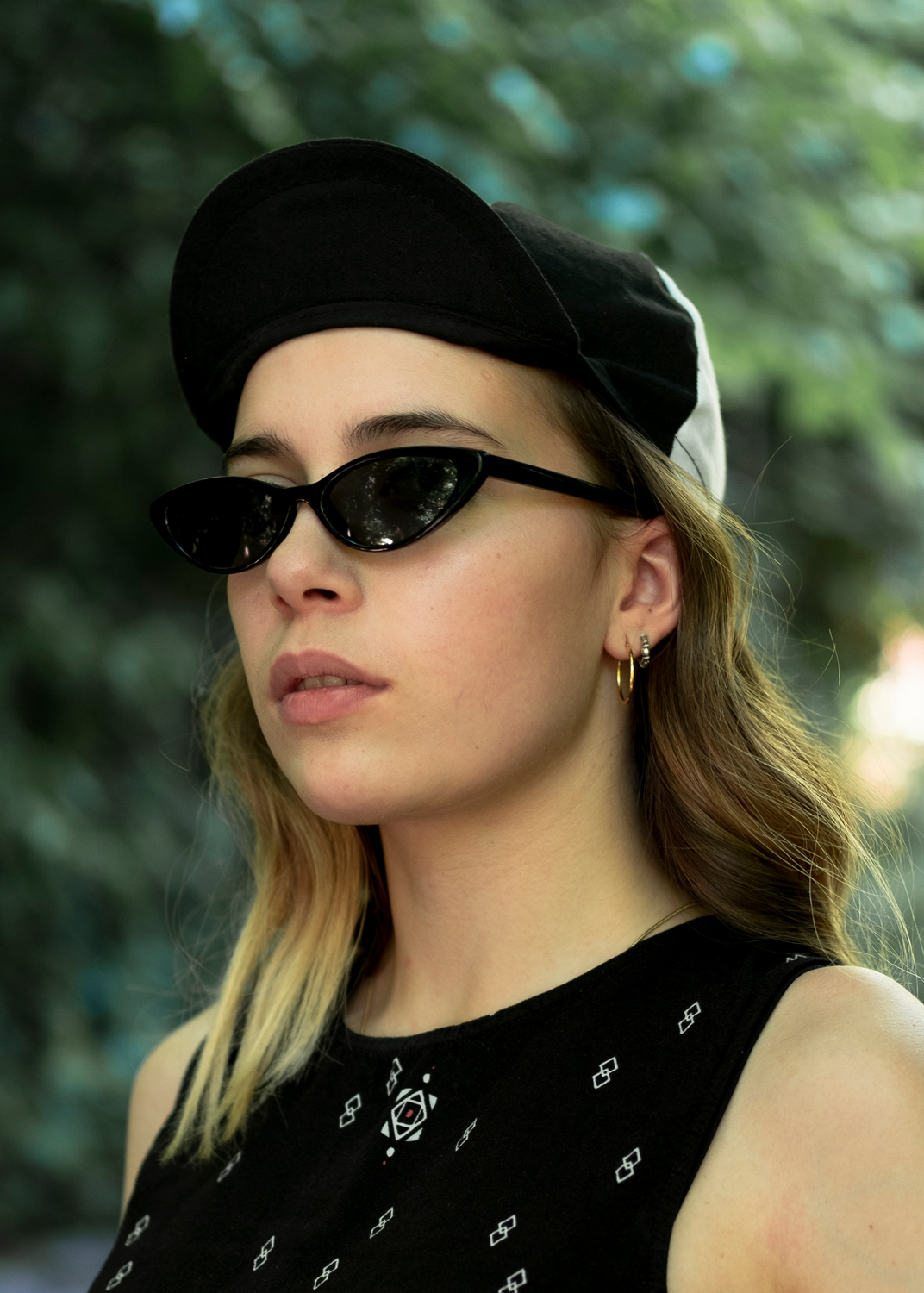
Your Nikon F 35-70mm zoom lens adapted with a speed booster to the X-Pro2 is a quite unique setup, but it turned out to be a really interesting portrait combo. Could you tell us more about this setup and your impressions on using an adapted lens on the X-Pro2?
Oh, yeah! I did that before owning the Fujinon zoom lens. I was going on a trip to South Africa and I didn’t want to bring more than one lens, but I only had fixed focal Fuji-X lenses. In the Nikon F 35-70mm I found a relatively compact solution, at the cost of not being able to get anywhere wider than 35mm.
I found all images to be really sharp, and although I was missing autofocus (especially when asking others to take pictures of me and my girlfriend!), being able to control it with a real mechanical movement made it such a nice, analog-like experience. I never had issues with the limited apertures of this lens because the camera has very low noise and also because with the speed booster gave the lens, well, a speed boost.
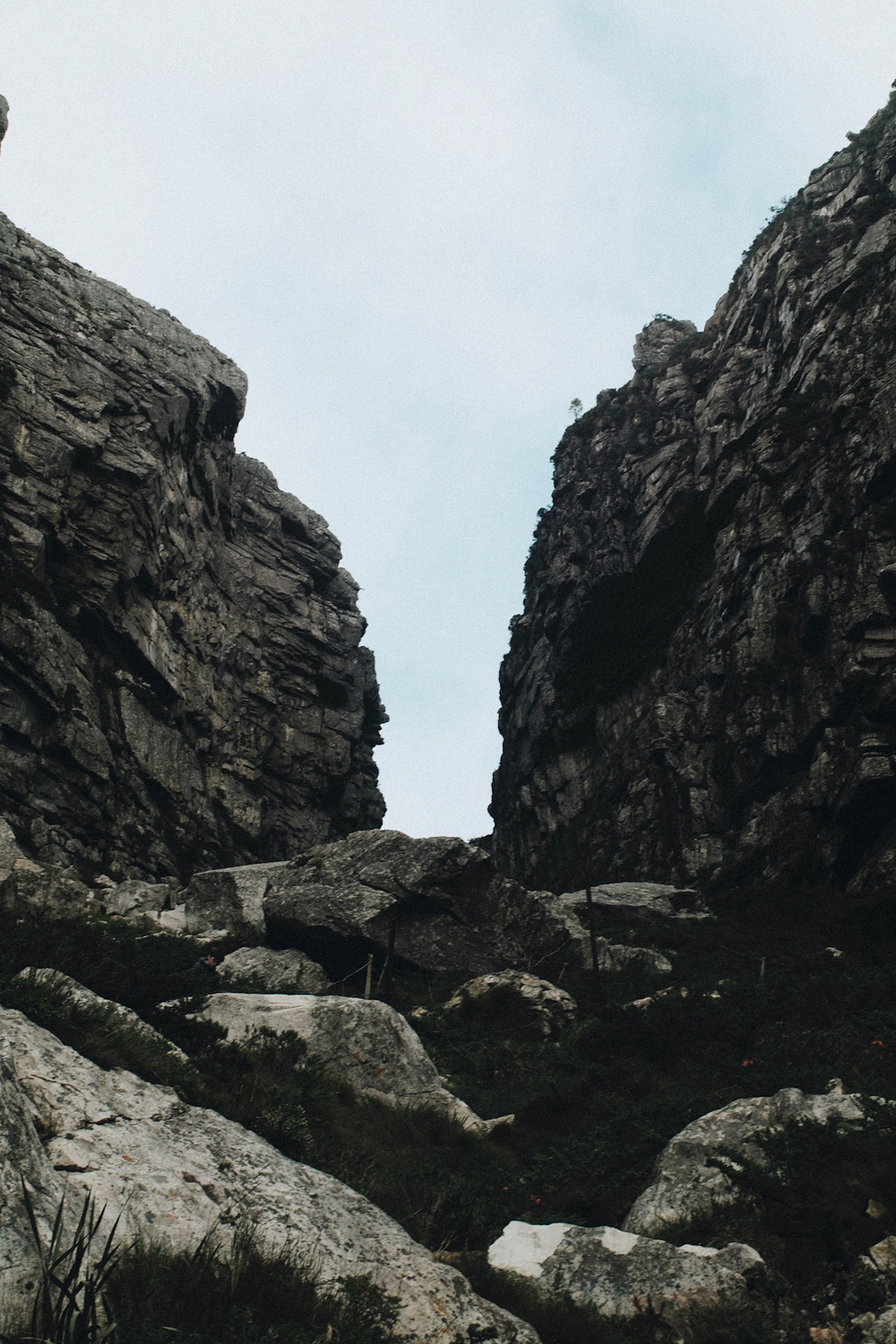
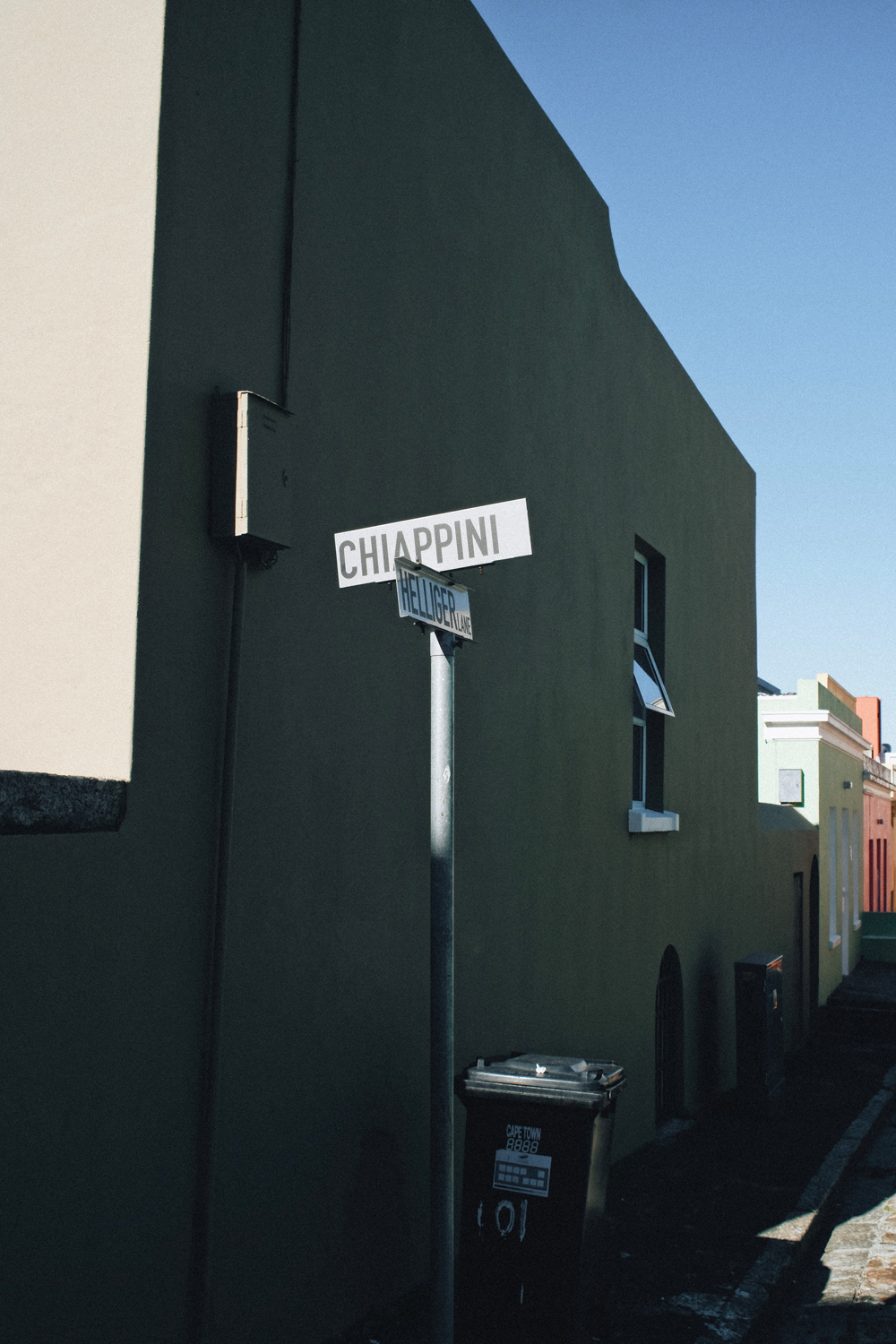
When you’re outside your office, you use your mobile phone to process the Jpegs from the X-Pro2, achieving some really interesting results. Could you describe your mobile workflow?
As I previously mentioned, what I was looking for in my new digital camera was the regain the freedom and pleasure of loving the shots straight out of the camera, therefore confidently shooting JPGs. I know it sounds like blasphemy to most photographers, but for anything not commercial and not an important project, to me is important to be able to do that.
I am very bad at sorting out and clearing out unused RAW files from my drives, so that’s one of the reasons. The X-Pro2 connectivity was another reason for which I quickly upgraded from the X-Pro1, but I was soon disappointed: the image transfer to my iPhone was extremely slow. The simple workaround was to buy an SD card reader for my iPhone and iPad.
From there, I would quickly send my photos through a VSCO preset that I fine-tuned and subsequently through Lightroom mobile, to furtherly retouch blues and greens and to add some grain with more control than on VSCO. From there, I would just upload my images on Instagram, or share them with my family and friends.
Now I actually found interesting resources to fine-tune in-camera presets to simulate popular film stocks. This might be a nice upgrade for my workflow, from now on in most cases I won’t do any edit on the files.
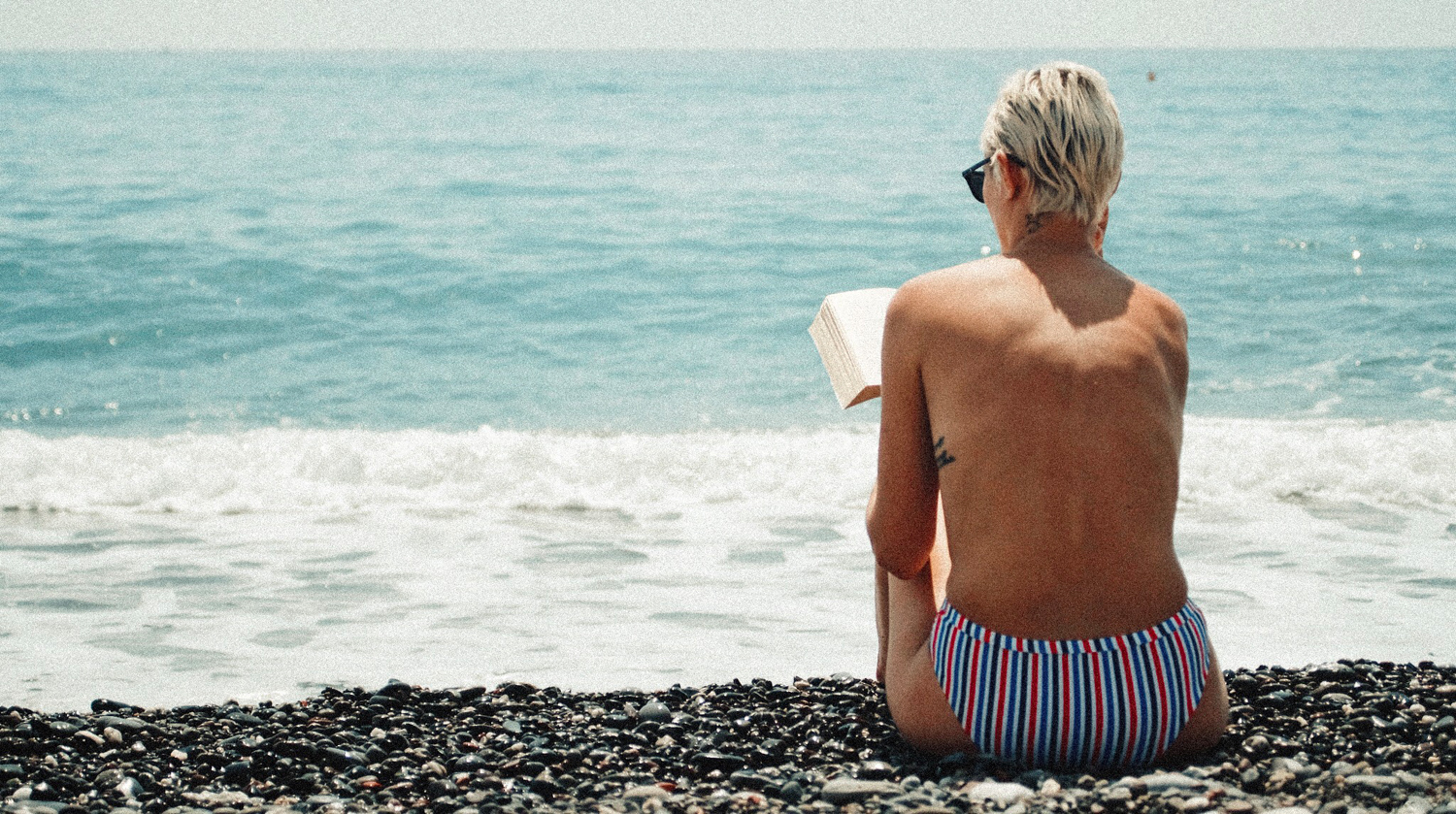
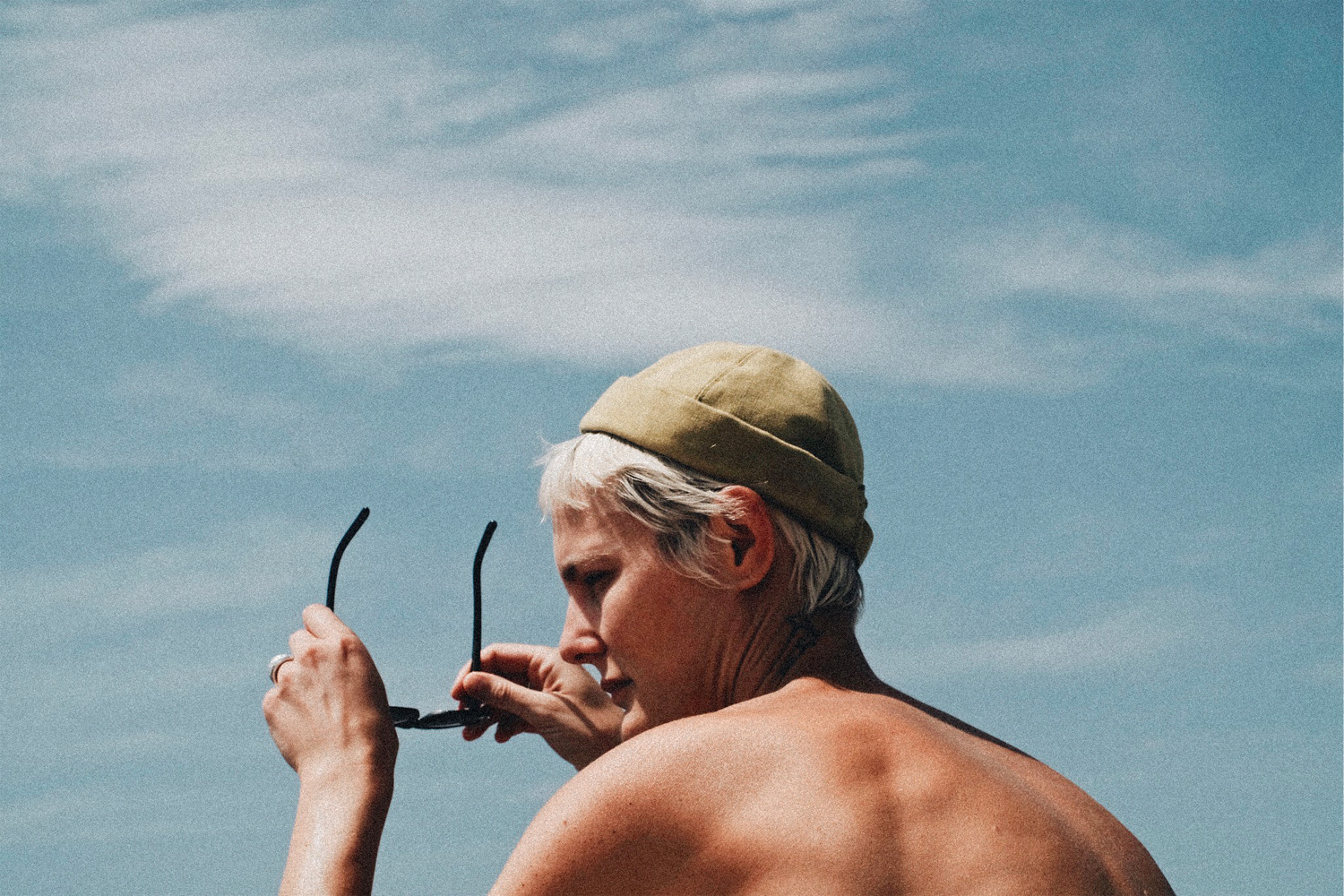
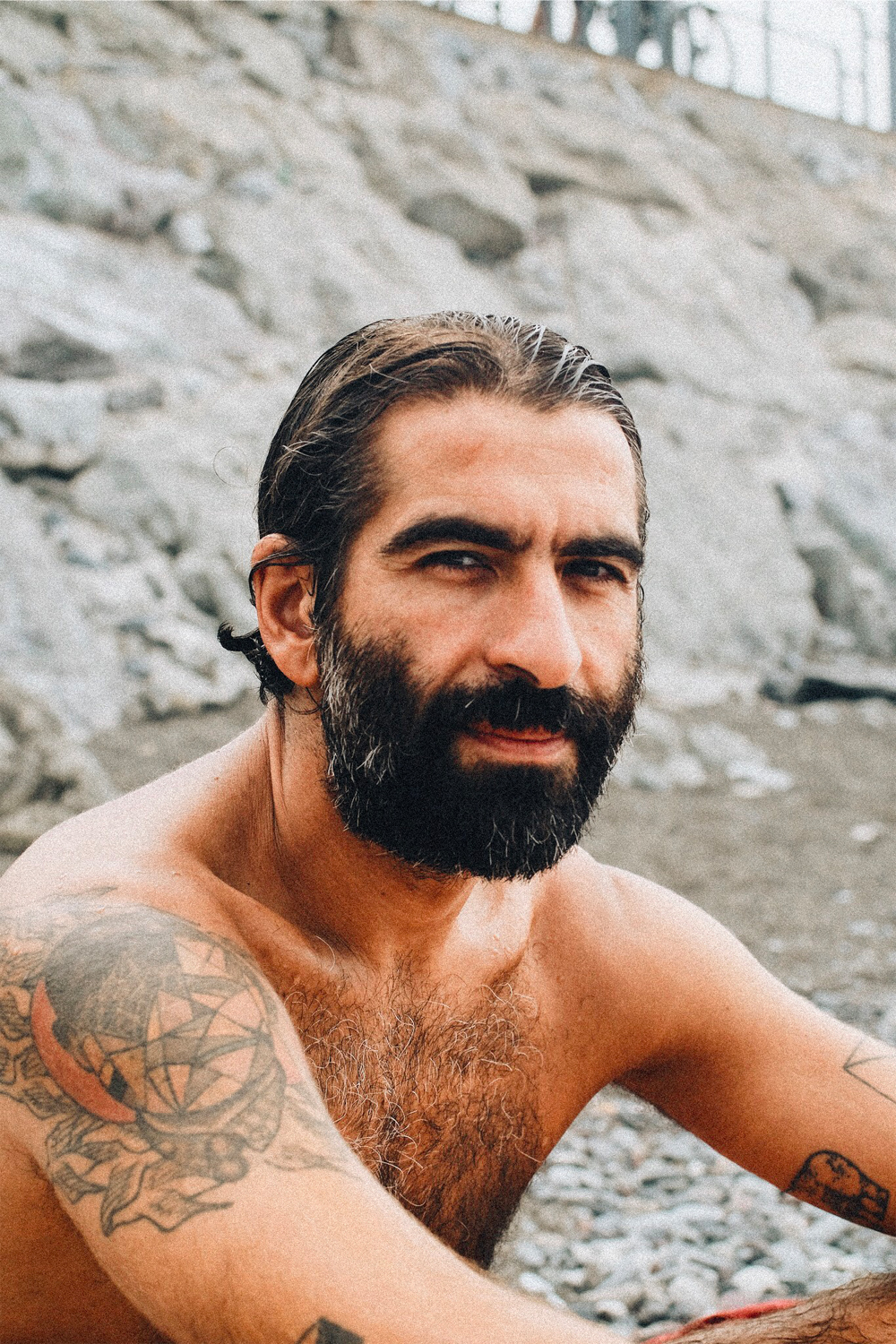
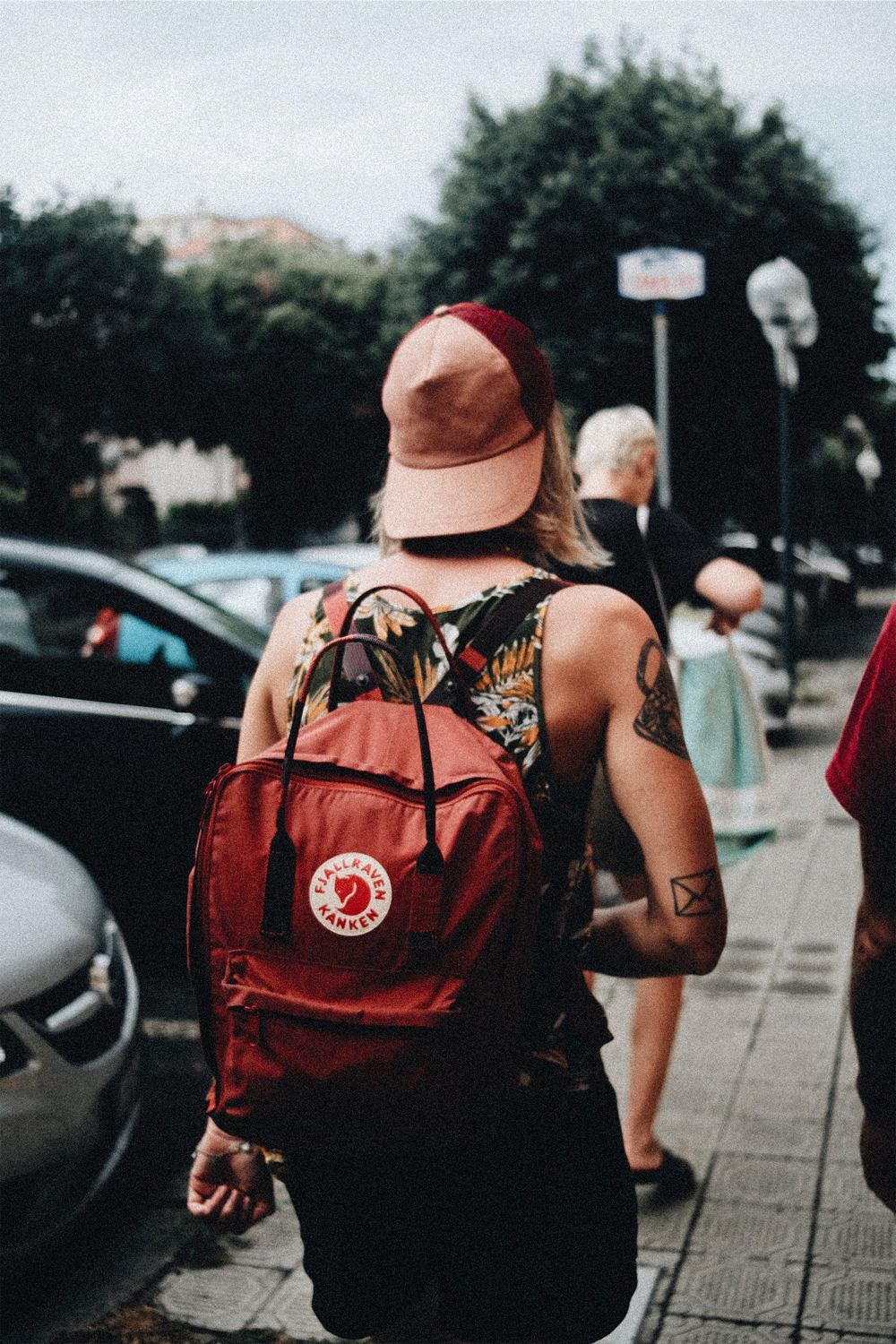
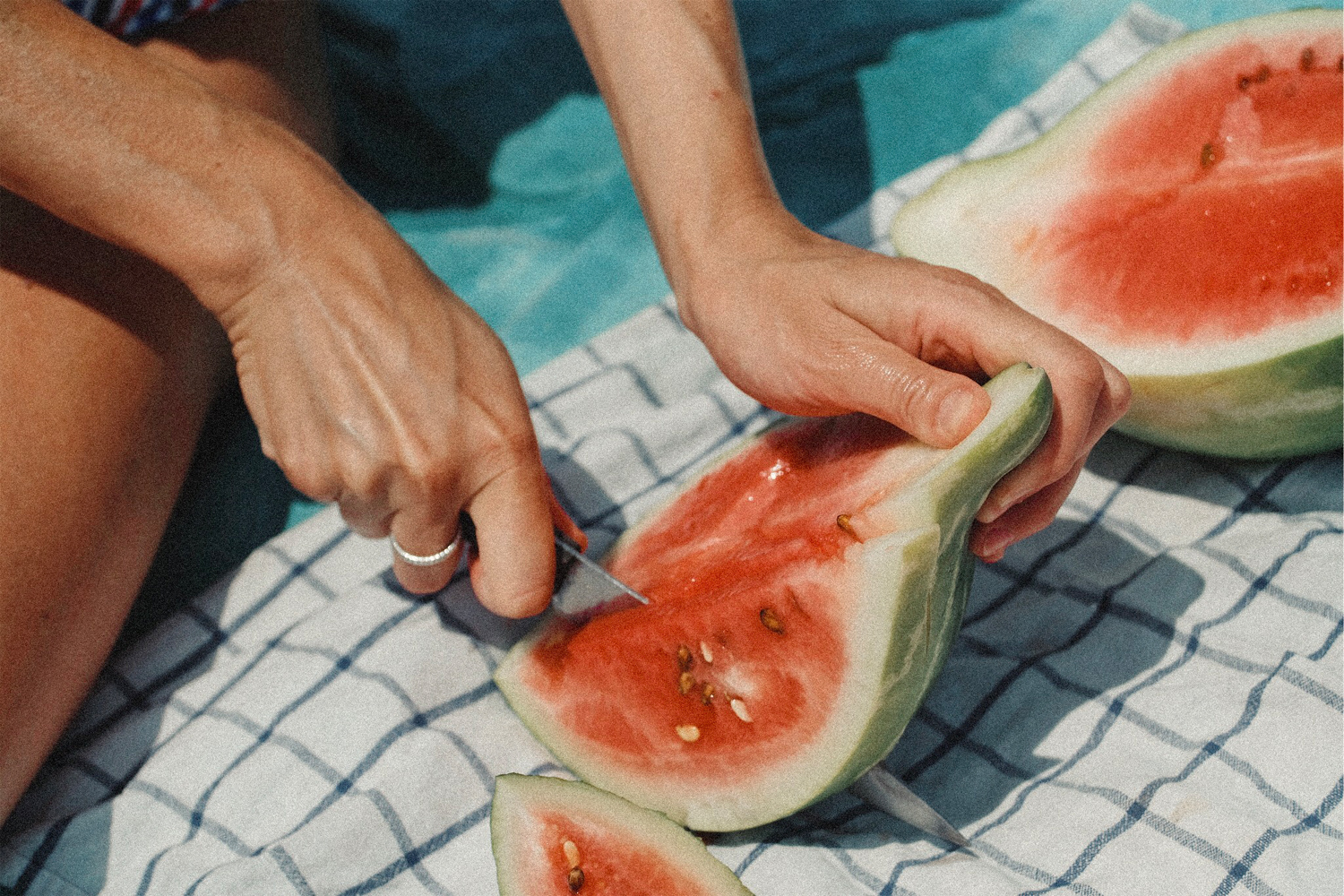
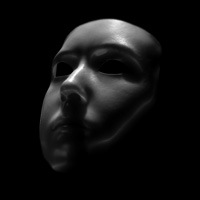
“Hello! I am a 30 years old photographer from Switzerland. After a few years of self-taught freelancing, I decided to apply to the photography Master program at ECAL (Cantonal arts school of Lausanne) here in Switzerland.”

